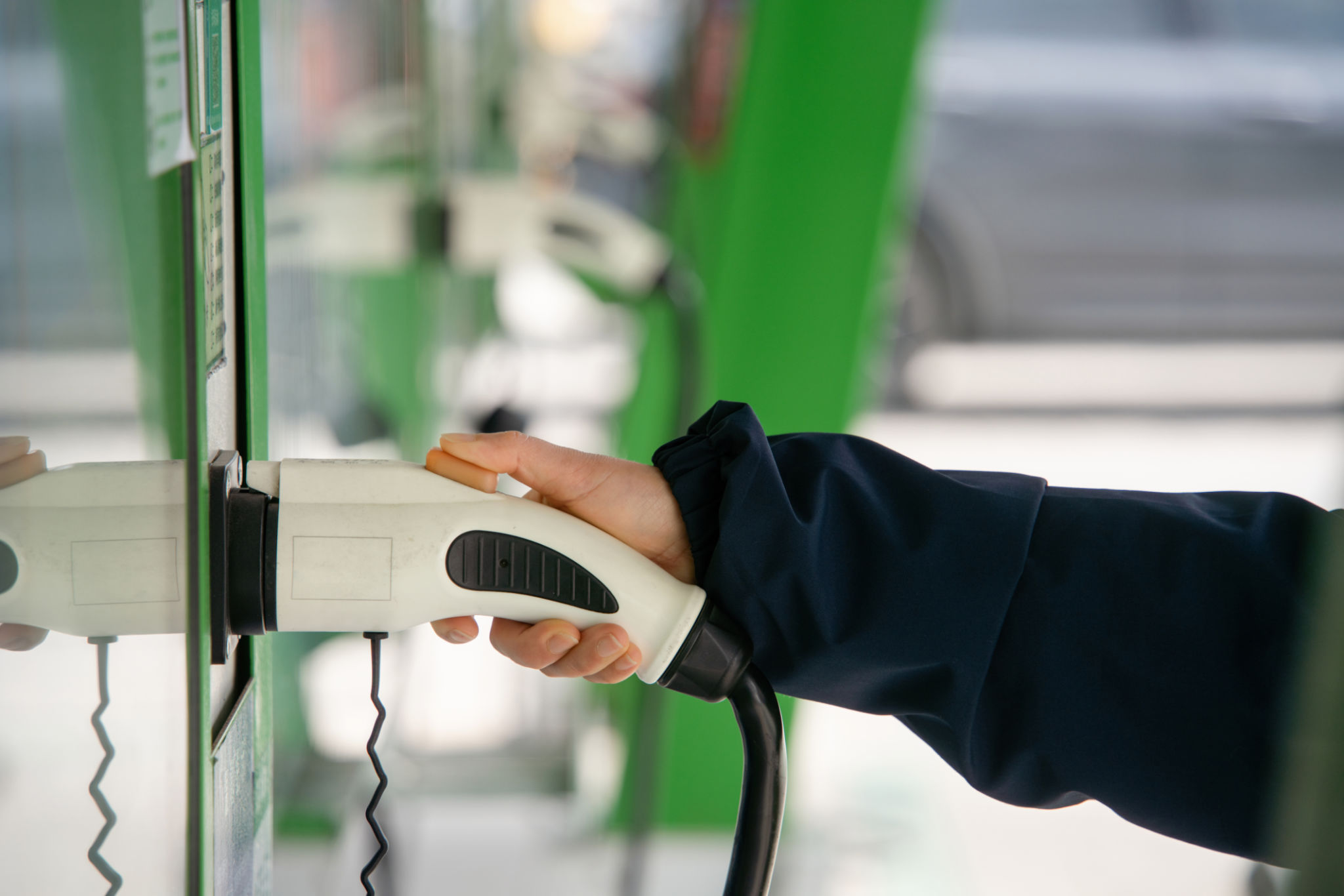Understanding Hybrid and Electric Vehicle Electrical Systems
Introduction to Hybrid and Electric Vehicles
As the automotive industry evolves, hybrid and electric vehicles (HEVs) are becoming more prevalent. Understanding their electrical systems is crucial for both enthusiasts and professionals. These vehicles offer a more sustainable and efficient alternative to traditional gasoline-powered cars, helping reduce carbon emissions and reliance on fossil fuels.
Hybrid and electric vehicles operate on complex electrical systems that combine mechanical and electrical engineering principles. This post will explore the components and functionalities of these systems to give you a clearer understanding of how they work.

The Basics of Hybrid Vehicle Systems
How Hybrid Vehicles Operate
Hybrid vehicles utilize both an internal combustion engine and an electric motor. This dual system allows for improved fuel efficiency and reduced emissions. The electric motor assists the engine during acceleration and can even power the vehicle alone at lower speeds.
There are various types of hybrid systems, including parallel, series, and plug-in hybrids. Each type has unique characteristics that determine how the electric motor and engine collaborate.
Components of Hybrid Systems
The primary components of a hybrid vehicle's electrical system include:
- Electric Motor: Provides additional power and can operate the vehicle independently.
- Battery Pack: Stores electrical energy for the motor.
- Power Electronics: Manage the flow of electricity between the battery and motor.
- Regenerative Braking System: Captures energy during braking to recharge the battery.

Understanding Electric Vehicle Systems
Key Differences from Hybrid Vehicles
Unlike hybrids, electric vehicles (EVs) rely solely on electricity for propulsion. They do not have an internal combustion engine. Instead, EVs use a larger battery pack and more powerful motor to achieve similar performance and range.
EVs are known for their quiet operation and instant torque, offering a different driving experience compared to traditional vehicles.
Essential Components of Electric Vehicles
Electric vehicles consist of several key components:
- Electric Motor: Drives the vehicle with high efficiency and torque.
- Battery Pack: Typically larger than those in hybrids and capable of storing more energy.
- Charging Port: Allows the vehicle to connect to external power sources for recharging.
- Inverter: Converts DC power from the battery to AC power for the motor.

The Role of Batteries in EVs and Hybrids
Batteries are a crucial component in both hybrid and electric vehicles. In hybrids, they help reduce the load on the internal combustion engine, improving fuel efficiency. In EVs, they are the sole power source, making their capacity and efficiency vital to performance.
Advancements in battery technology, such as lithium-ion batteries, have significantly increased the range and efficiency of both hybrid and electric vehicles.
Conclusion: The Future of Vehicle Electrification
The electrical systems in hybrid and electric vehicles represent a significant step forward in automotive technology. As battery technology continues to advance, we can expect further improvements in range, efficiency, and performance.
Understanding these systems is essential as they become more common on the roads, offering a cleaner, more sustainable mode of transportation.
